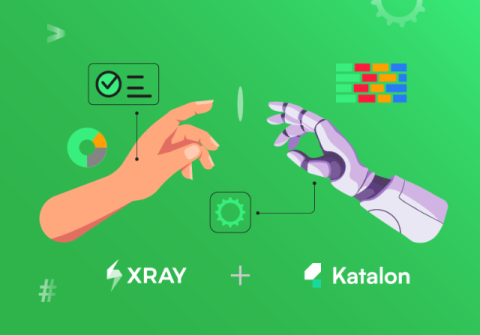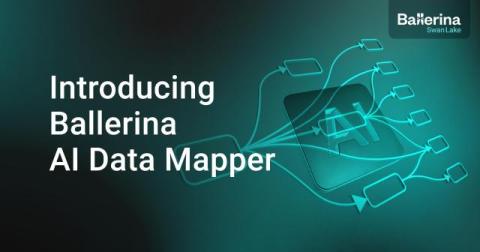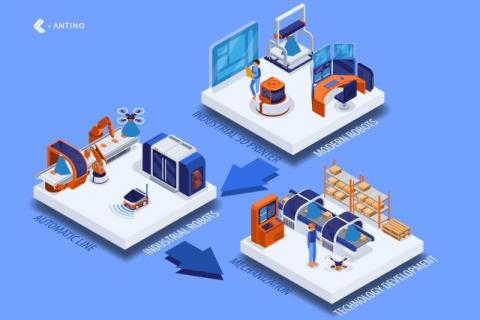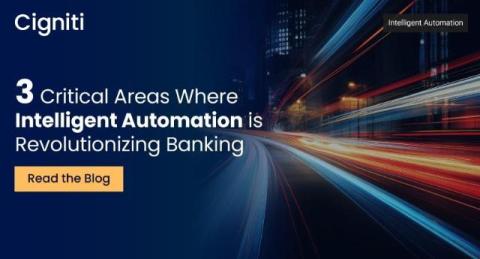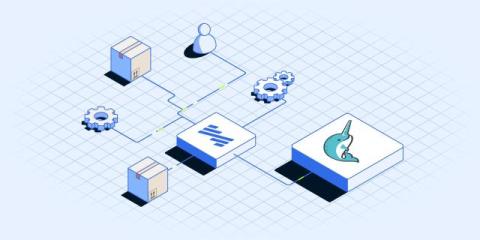Pioneering the Future: Generative AI's Impact on Medical Devices
According to the World Health Organization (WHO), Up to 50% of medical errors in primary care stem from administrative issues. There is a projected shortfall of 10 million health workers by 2030. Given the statistics highlighting device errors and a shortage of maintenance professionals exacerbate healthcare challenges, Generative AI in medical devices offers diversified solutions.




